RENTCafe Study: It Pays to Live in ‘Green’ Rental Apartments
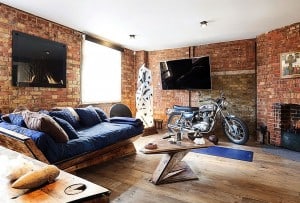
While green multifamily projects are on an upward spiral across the country, renters are still quite reluctant to spend more money on green-certified apartments.
A recent RENTCafé research of over 14 million housing units in 123 metros across the United States shows that green multifamily developments are burgeoning nationwide, with almost 45,000 LEED-certified apartments completed in 2015 in large-scale residential projects—that’s 13 times more than the number of units delivered in 2008. The research which is based on apartment data from Yardi Matrix, also shows that more than 30,000 green units were completed or in various development stages as of the second quarter of 2016, and roughly 59,000 green-certified apartments are projected to be completed by year’s end.
For real estate investors, developers, architects and consumers, this rising trend is driven by the importance and benefits of following certain construction standards that meet the needs of today’s and tomorrow’s generations of renters.
While energy-efficient construction is nurtured by up-to-date building codes, some multifamily developers chose to walk the extra mile and seek LEED certification for their residential projects. According to USGBC records, there were as many as 3,187 green multifamily residential developments in the United States. as of October 2016—including projects that are LEED-certified or in the process of LEED-certification. Compared to 2008, when LEED certifications were still scarce in the multi-family market and only 2 percent of large scale apartment developments were green, today LEED-certified multifamily projects account for 15 percent of the total inventory.
As far as the U.S. cities with most green rental apartments, Chicago “LEEDS” the way with 13,800 apartment units in 62 large residential buildings. In other words, approximately 34 percent of the city’s new large scale apartment buildings completed since 2009 are green.
Next on the list comes Seattle, with 11,200 green apartments in 87 residential buildings—that’s the largest number of green multifamily buildings of any city in the country. Seattle’s segment of green housing units in large scale developments accounts for 27 percent of the total rental stock completed since 2009. Portland boasts an impressive 8,000 green apartments in 68 buildings—that’s 45 percent of the city’s total rental inventory built over the past seven years.
When it comes to the total number of green apartments in relation to the total population, Cambridge, Mass., boasts the best ratio of people to green apartments, with one green rental unit for every 39 people. Seattle strikes again with one green rental to 61 people, Alexandria, Va., comes next with a 1/70 ratio, Redmond, Wash., boasts a notable 1/77 ratio, and Portland has a ratio of one green rental for every 79 people.
There is no doubt that sustainability is an invaluable amenity. However, Yardi Matrix data shows that green-certified apartments cost on average an extra $560 per month and offer about 73 fewer square feet of space than regular new units. To be more exact, new, regular apartment units built in 2009 or later offer an average 955 square feet and are rented for around $1,700 per month, nationally. Green units, on the other hand, average 882 square feet in size and cost on average $2,260 in rent.
It comes as no surprise that, under these circumstances, renters are quite reluctant to pay extra cash for smaller units just to live in sustainable communities. A recent RENTCafé survey of 2,631 renters shows that 69 percent of the individuals surveyed are willing to live in an energy-efficient or green building, but their ability to pay the cost of renting in a sustainable apartment is well below the price of green apartments. RENTCafé’s survey shows that more than half of those surveyed are willing to pay no more than $100 per month in extra rent to live in a sustainable apartment—that is significantly less than the whopping rent premium of $560 asked on average for green apartments. Almost one quarter of the surveyed renters would pay no extra money to live in sustainable apartments, while only ten percent of the respondents are willing to take an extra $500 of their pockets to enjoy living in green-certified apartments.
The survey results show that all generations are interested in living in green housing units, but it’s mostly the Baby Boomers that are willing to pay more than $500 per month in additional rent costs for a sustainable apartment.
When it comes to long term energy savings, it goes without saying that living in a green-certified unit brings significant savings with energy and maintenance costs, not to mention the long list of health benefits such as better air quality and temperature comfort. The cost of all these premium benefits is reflected in the rent price, which means that not many renters can actually afford them. For instance, renters in Madison, Wis., pay a stellar 94 percent in extra cash to live in a green apartment compared to those living in a non-green housing unit. To put it in numbers, Madison renters will pay $3,024 for an apartment in a green-certified community, while the average rent for a similar apartment in a regular multifamily community is $1,557 per month.
Source: multihousingnews.com

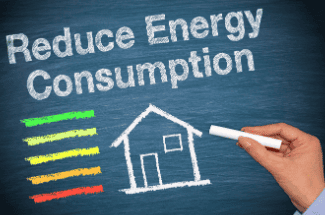



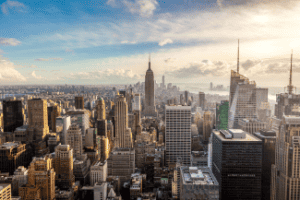
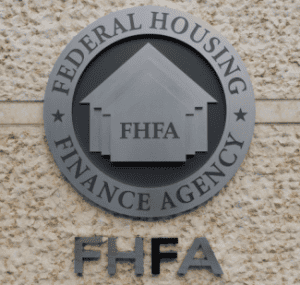
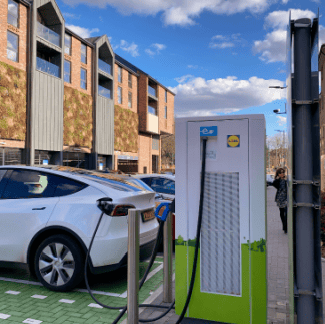







 Accessibility
Accessibility